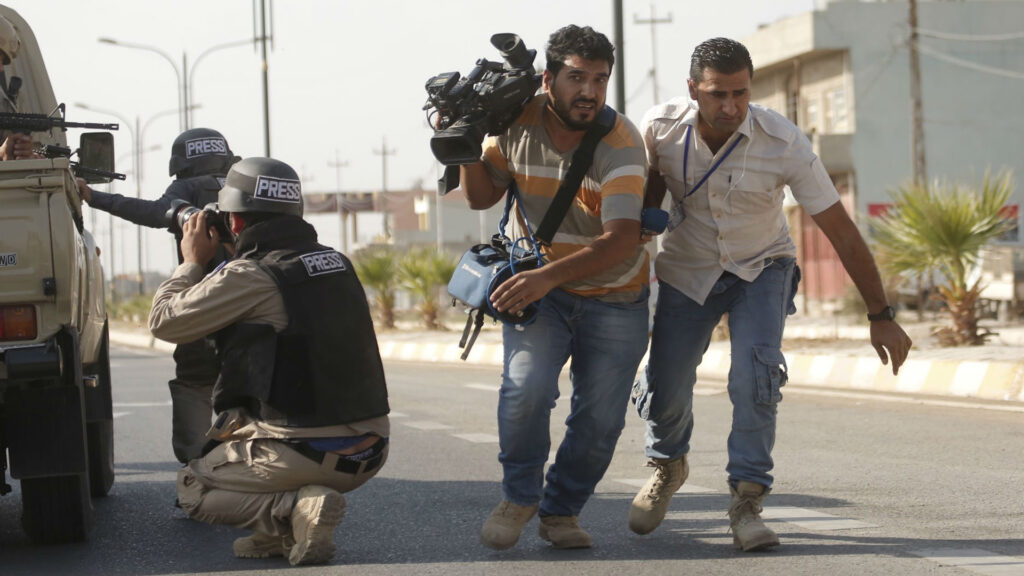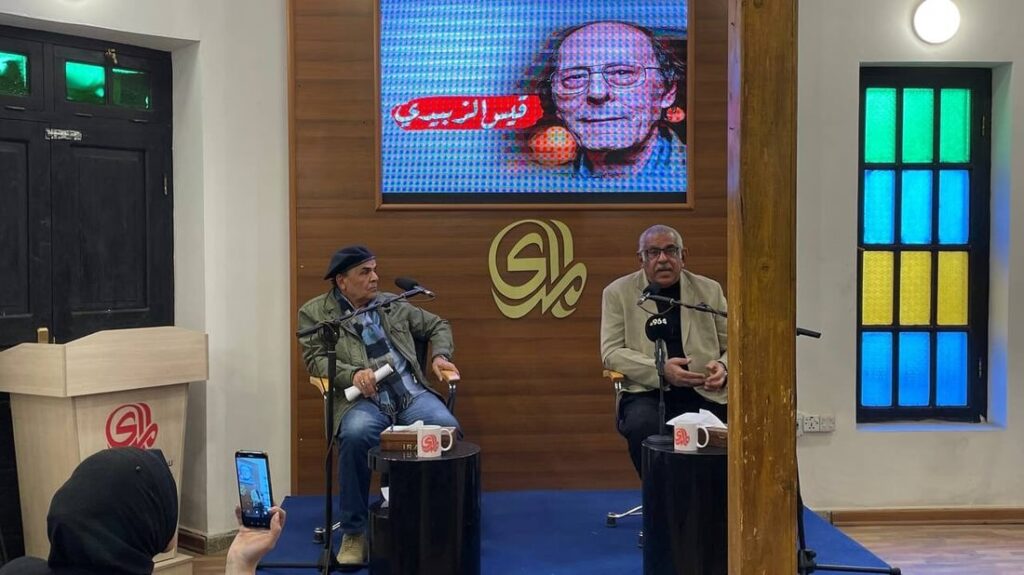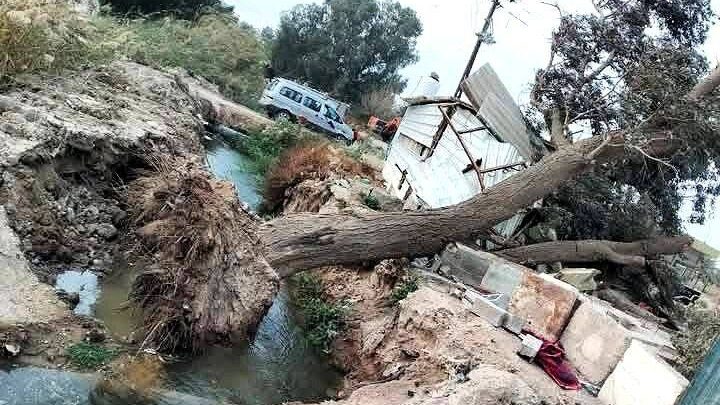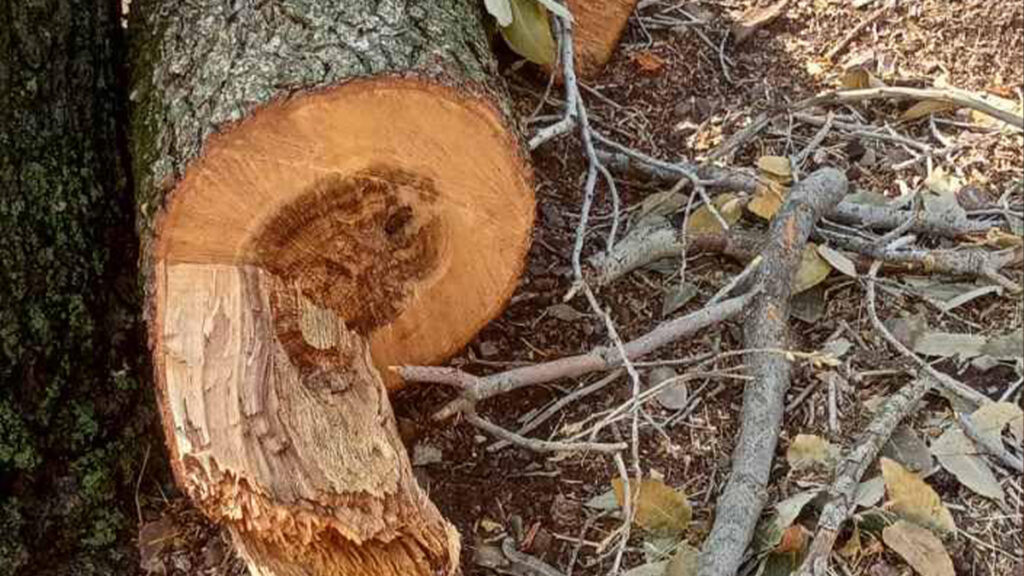Kurdistan's forgotten victims: the women killed for 'honour'

She appeared to be in her early 20s, said Chamchamal Mayor Ramak Ramazan. Police have identified the woman, but don't want to release details as their investigation is ongoing, he said. Three people have been arrested and one warrant is still outstanding.
Though the police are staying mum, suspicion is this was a so-called honour killing. In 2018, 49 women were murdered across the Kurdistan Region, according to figures from the General Directorate of Combating Violence Against Women, an office that works under the auspices of the Ministry of the Interior.
Another 73 women killed themselves; 257 women were set on fire – 112 of which were self-immolation; and 113 women were sexually assaulted. The directorate received 9,574 complaints of gender-based violence in the year.
There has been a fall in reported cases of violence against women in recent years after campaigns by the government, United Nations, and non-governmental organizations, but it's not enough says Parwin Hassan, a member of the Kurdistan Regional Government (KRG)'s Women's Council.
"Women in the Kurdistan Region are still subject to violence because of their gender," she said.
Ninety percent of the murders seen by Dr. Yasin Kareem, general director of the Medico-Legal Institute (MLI), are committed by family members. The MLI reports to the Ministry of Health and is responsible for treating victims of violence and conducting autopsies on the dead.
After his office completes its examination, a handful of bodies are not claimed for burial, including women killed by their families. Either the family does not want them, or they have not been identified.
The bodies of mothers, sisters, and daughters who were killed by their male relatives are slid into the morgue's refrigerator where they are held for up to six months, Kareem explained. If these women are mourned, family members and friends do so in silence as they fear showing their love for the women rejected by the dominant culture of tribe or religion. If, after six months, the bodies are still unclaimed, MLI buries them.
In the Kasnazan neighbourhood, on the eastern edge of Erbil, a sprawling graveyard is the final resting place of some 10,000 of the city's dead. Family plots marked by marble headstones adorned with beautiful Islamic calligraphy cover the gentle hills. On a sunny day in April, several families come to visit their loved ones.
Tucked behind the workshop of Rekawt Sahid, who engraves headstones, lies a walled-off area that is deserted, unkempt, and has the clinical name Forensic Department section. Here, around 100 graves lie in crooked rows. Against the back wall, the graves have all but melted away, beaten down by years of wind and rain. Stone slabs tilt and lean haphazardly, marking maybe half the mounds. Spray painted numbers on the stone are the only identification.
This is the final resting place for the city's castoffs and forgotten citizens – including the women killed and abandoned by their families.
Amputated limbs are also buried in this corner of the graveyard, each carefully and individually wrapped.
Two weeks ago, the forensic team called gravedigger Mirkhan Omar and asked him to prepare seven graves. The next day, they arrived in a KIA truck loaded with dead bodies – five men and one woman – encased in nylon over the traditional cloth shroud to contain the smell.
The MLI team, wearing masks and gloves, placed the bodies in the trench dug by Omar. At the head of each, they tucked a small capsule containing everything the forensic department had been able to learn about the life of the deceased: photographs of the body, results of DNA and blood tests, any identification. Into the seventh grave, the MLI staff put the tiny bodies of six miscarried infants.
A single cinder block sits at the head of each of the fresh graves, a temporary marker until a stone slab can be prepared and labelled with a simple number.
"I've never seen anyone visiting these graves," said Sahid who has engraved headstones for 20 years, a job his father did before him.
The women killed by their families are quickly forgotten by society, said Hassan. Media will cover the news of an honour killing with a flash of intensity, but within a few days they "forget about it," she said. "People only report the case without looking for a solution."
That needs to change, she said. The safety of women is a responsibility that belongs to everyone.
"It's human nature" for grief to be fleeting, said Sahid, whose decades of work in cemeteries have given him a matter-of-fact approach to death. "When we come here, we feel sad. But when we leave, we forget about this place."
Forgotten is what these women are, unmourned in death. They lie for eternity in graves covered with wildflowers and fluttering butterflies and no indication of their lives that were cut short.




